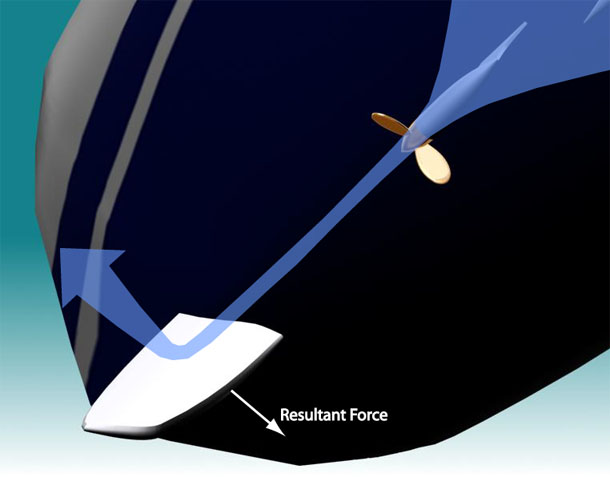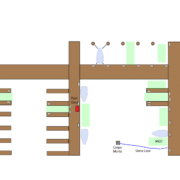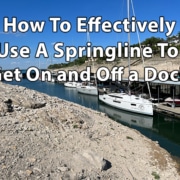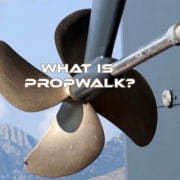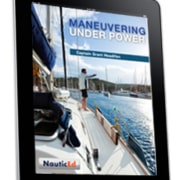Shhhh be vewy vewy quiet – don’t tell the power boaters
Sailboats are much more maneuverable than power boats – but don’t spread the word because all the powerboaters will run to their congressmen to get the Navigation Rules changed. Currently power boats give way to sailboats and we want to keep it that way – right?
Now of course, just to clarify regarding the navigation rules – when a sailboat has its engines on – it is classified as a powerboat.
This blog topic came up as I was teaching a practical session of the Maneuvering Under Power Course. The student was amazed at the turning radius of the Beneteau 373 “Siyagruva” that I was teaching on. We were following the curriculum laid out in the Maneuvering a Sailboat Under Power Course. One of the first maneuvers is to put the boat through its paces – wheel hard over to port and engine set high at 2500 rpm. The Beneteau instantly responds with an extremely tight turn to port and heel to starboard due to the centrifugal force and the rig aloft. Then hard over to starboard. The student could not believe how tight the turns were and the speed at which the boat reacted. We had picked a no wake marker buoy at the exit of the cove to do our maneuvers around. And of course being a sailboat we also produced – no wake. This was amazing to the student. We used the buoy marker to get a reference point to see the tight turn radius. We then did several figure 8s in forward and reverse.
The crux of the turning is that sailboats have a giant board under the water called the rudder. This board has soooo much area to it that the boat can’t help but submit to the forces imparted to it via the turned rudder. And especially when the propeller is shooting water over it. Conversely, power boats have very little rudder surface and rely on the speed of water from the prop over the small surface to provide the turning moment – or they turn the engine in the case of IPS’s or inboard/outboards or outboards. None of these can beat out the giant 4 foot (1.3m) long board of the rudder.
Under sail, the effect is the same. A giant rudder under the water produces a huge turning force that can instantly turn the boat. Also remember that the force produced goes up with the square of the water velocity over the rudder. So at 4 knots you have 4 times the turning force at 2 knots or at 8 knots you have 16 times the turning force at two knots. This is almost by immaculate design because the faster you go the more damage you’ll cause if you hit something but at the same time you have the advantage of being able to turn faster.
And the cool thing is that we sailboaters hide this rudder below the water line where the power boaters can’t see it. So they still think that the navigation rules are fair because – we’re handicapped right? With only the wind to propel us. Poor sailors! Joking aside – the rules are just and fair as they are, but the point is that next time you’re out get a real feel for your boat’s maneuverability. Put her through the paces under power and sail – you’ll be thankful you understand your boats turning limits next time you need them.
And … the result of the teaching lesson with the student Patrick? Well he was backing the boat into the slip with a high cross wind with full confidence at the end of the lesson. Take the Maneuvering Under Power Course.


